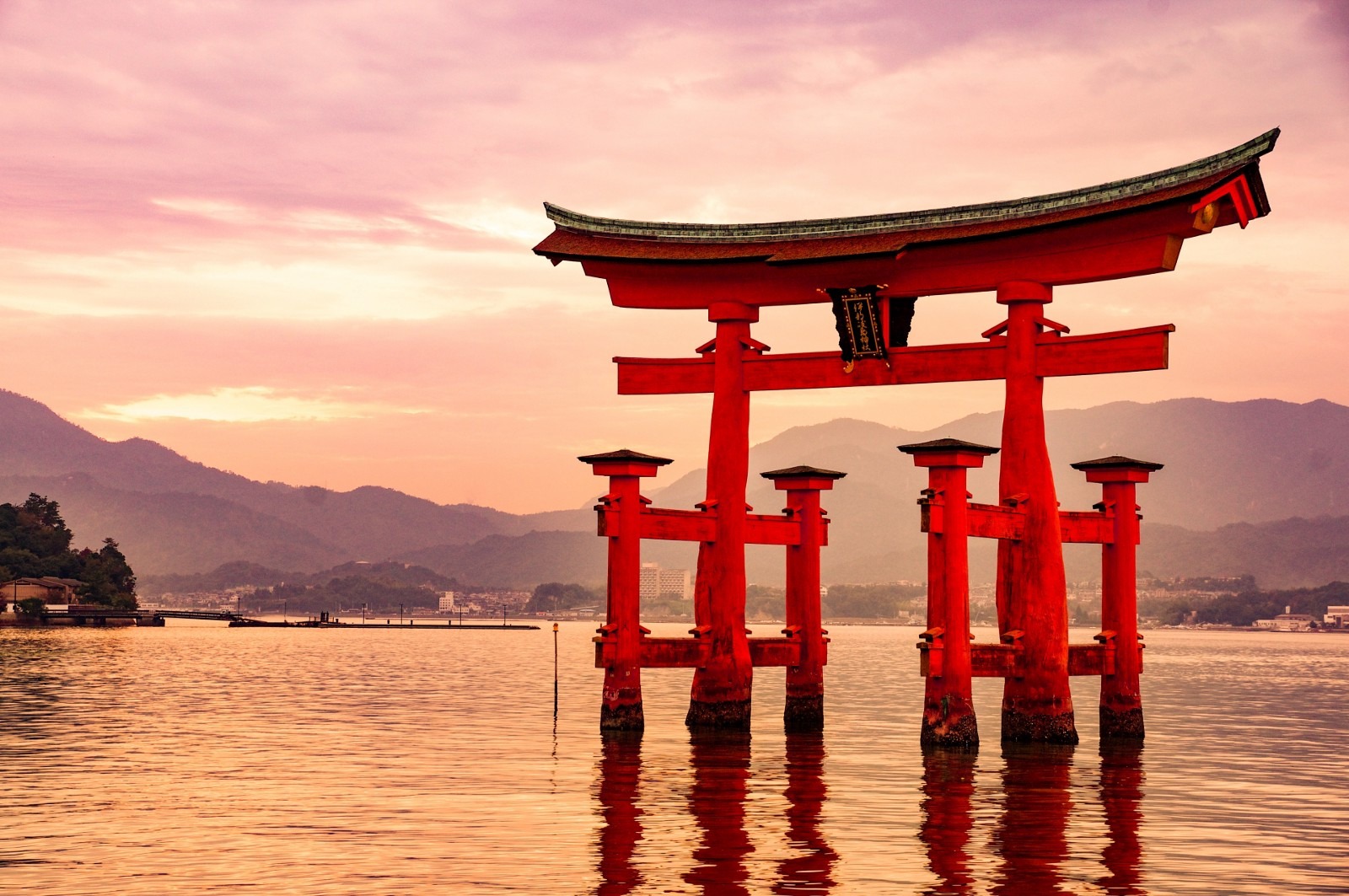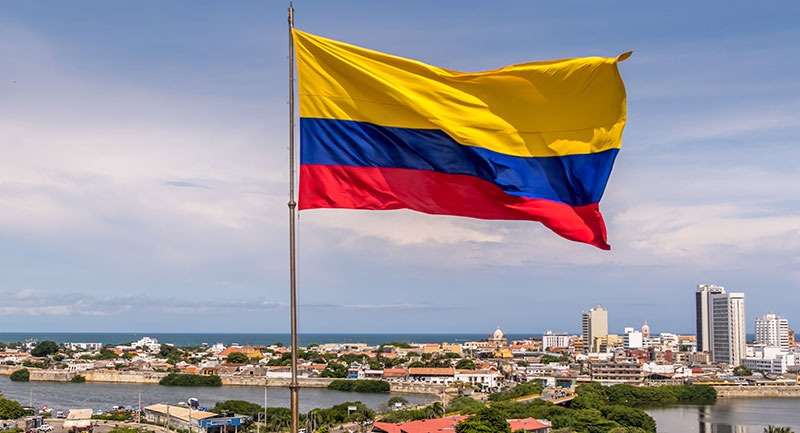The earliest prehistoric civilization in Japan is known as the Jomon. They are best known for their highly detailed and elaborate pottery they left behind. These early prehistoric people in Japan essentially remained uninterrupted for a period lasting over 10,000 years. This came to an end with the migration of the Yayoi, who are believed to have migrated into the archipelago between 1,000 and 300 BC from the south. These people brought bronze and Iron Age technology from the mainland and advanced farming techniques, which greatly increased crop yields and population. These large sedentary populations produced large amounts of wealth and power for those who controlled the land, and according to Chinese sources, there were a hundred kingdoms in Hwa, as they referred to Japan during this period.
Sometime before 240 AD, the Yamato clan gained hegemony over the other clans of Japan and began to be referred to as a single Kingdom by the Chinese. The Kofun period is marked by the unification of Japan by the Yamato and the construction of massive pyramidal keel-shaped burial mounds for the ruling class. The rulers of the Yamato state were hereditary line of members who still reigned today as the world’s longest dynasty. In 538, Buddhism was introduced to Japan by the king of the Korean Kingdom of Bekhten, thus beginning the Asuka period, named after the capital city. During this time, which also saw the height of centralized imperial power, however, in 587, the Soga clan took over the government, relegating the Yamato Emperor to a figurehead, while the Soga rule his Regents.
The name Nihon was first used for Japan, replacing Wat, during the Saga rule. The Soga were overthrown by the imperial family in alliance with the founder of the Fujiwara clan, who would begin a dynasty of regents that consolidated power over the imperial family to an even greater extent than the Soga. This influence was not maintained and cultivated by threat of force, but through marriage. A Yamato emperor would marry a Fujiwara daughter; there, a Fujiwara son would be raised by tradition with the mother’s family, and he too would marry a Fujiwara daughter, and so on. While the Fujiwara were consolidating power further, the Nara period is marked by the relocation of the capitals to present-day Nara. This period was typified by widespread droughts and famines.
The lack of morality was widely blamed for the deprivation. In turn, the Nara period saw swath of construction of Buddhist temples and an increase in devotion. In 794, the Emperor moved the capital to Heian-kyo. It was here that the Fujiwara solidified their rulers’ regions and that clan reached its height of power. This period also began with a great plague that killed as much as half the Japanese population. As the population declined, the imperial court became so self-absorbed with internal power struggles that much of the rural nobility gained autonomy and, importantly, tax-exempt status, and began employing their own armies of samurai warriors to defend from and take advantage of their neighbors.
As imperial power declined, as the influence of the imperial court waned, as the Heian period drew close, two other powerful clans descended from branches of the imperial family began their ascendancy and rivalry, the Minamoto and the Taira. This eventually led to all-out war, in fact, a series of wars. In the first, Taira and Minamoto both supported rival Yamato claimants to the imperial throne. Taira triumphed; a few years later, Minamoto burned the Imperial Palace to the ground and captured the Emperor and retired emperor who had been de facto ruling the nation. However, beyond this surprise assault, Minamoto had not planned well enough; this led to another Taira victory.
However, Minamoto would win a decisive victory in the third war. Minamoto no Yoritomo consolidated power over the entire country by 1185 and was declared the first Shogun. A few years later, in 1192, he ruled with near-absolute power, relegating the Emperor to ceremonial status. Likewise, Kyoto remained the official capital, while Kamakura was in practice. During the Kamakura period, the bakufu system, where the Shogunate developed with a Shogun ruling Japan as a military dictator on the Emperor’s behalf, became increasingly decentralized. Roughly 300 daimyo ruled over small fiefdoms, where they would support samurai who evolved into a hereditary class of warriors.
Despite the fractured nature of this system, Japan was able to organize and muster the forces to defeat two attempted Mongol invasions. In 1333, the Kenmu Restoration was an ambitious play by the Emperor to regain power for the imperial court in Kyoto. This did not last long. Ashikaga Takauji of related line to the Minamoto re-established the Shogunate’s power. It gradually slipped into chaos, where the daimyo ruled over numerous fractured independent kingdoms, battling to ensure their favorite contender would be Shogun.
Oda Nobunaga, daimyo of a small province, used firearms obtained through European merchants to great effect, promoting men in his army based on ability instead of birth and earning a reputation for ruthlessness. Nobunaga united most of Japan before being ambushed and committing ritual suicide. Nobunaga’s general Toyotomi Hideyoshi completed the unification of Japan. He passed laws freeing the majority of slaves in Japan and then embarked upon a massive invasion of the Korean Peninsula. After several years of fighting, a stalemate ensued, Hideyoshi died, and the invasion was abandoned as civil strife reignited in Japan.
The decisive battle of Sekigahara saw former ally Ieyasu Tokugawa emerge victorious, reestablishing the Shogunate under his clan’s leadership for over the next 250 years. The Edo period was marked with relative peace and prosperity. In the first 100 years of Tokugawa rule, the population doubled to 30 million; literacy increased over 30 percent, perhaps the highest in the world at the time. This golden age eventually devolved into stagnation and economic decline. Isolationist policies were increasingly adopted, and the samurai class, with no wars to fight, became a burden on the state’s economy.
In 1853, an American naval fleet under Commodore Perry forced Japan to open up trade to the rest of the world. After a brief period of internal strife, Japan rapidly modernized, with a Tokugawa Shogun and abolished power officially restored to the Emperor, but in fact, rested with a group of former samurai known as the Meiji oligarchs. In the Russo-Japanese War, the world was shocked to see a European superpower defeated by an Asian country that was shut off from the world just a few decades before. Japan continued to pursue an extremely aggressive expansionist policy.
After that war through the First World War and after joining the Axis powers during the Second World War, were defeated and brought under US military rule, after which the modern parliamentary constitutional monarchy of Japan was established, still hungry for more Japanese history.



